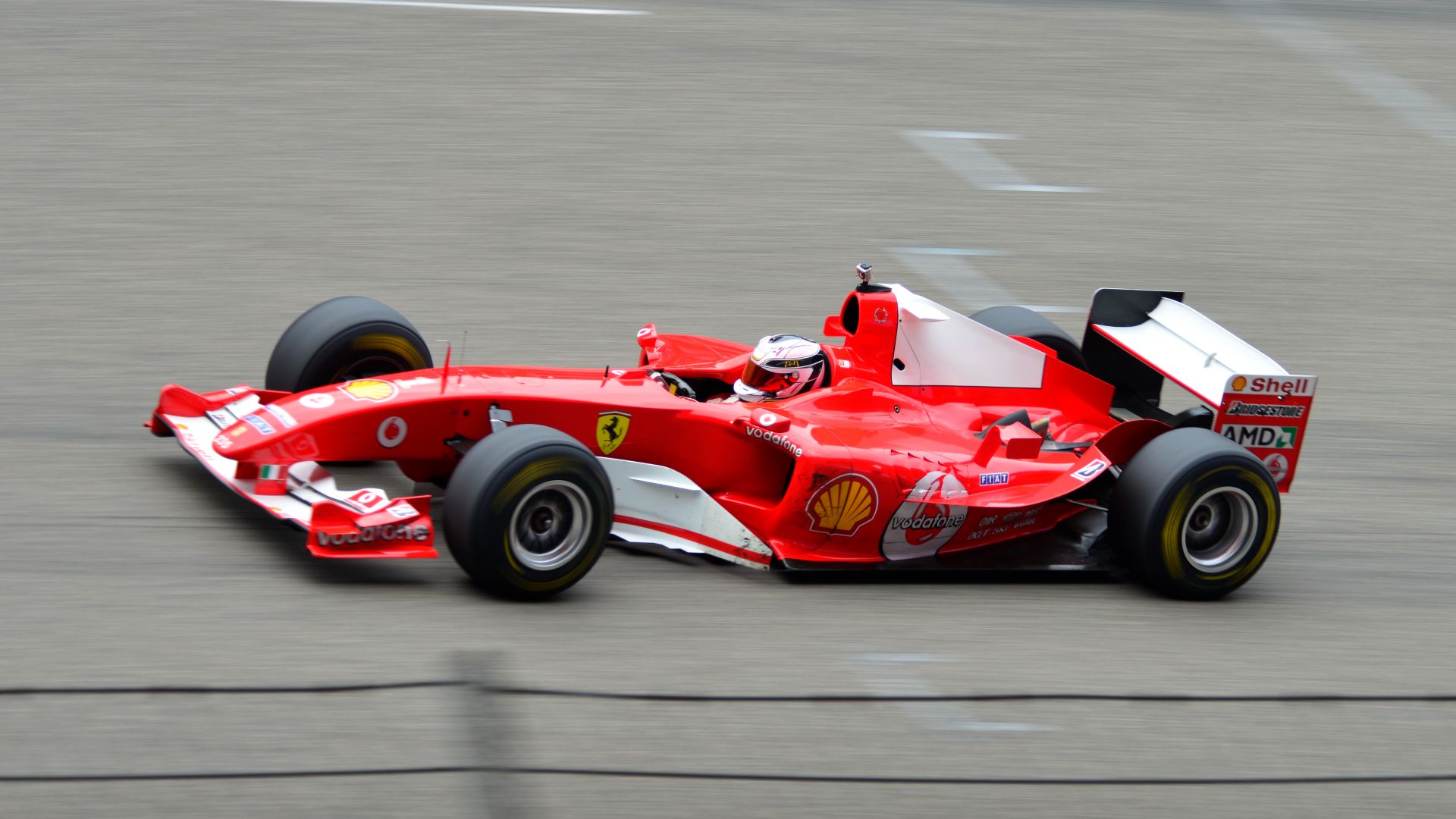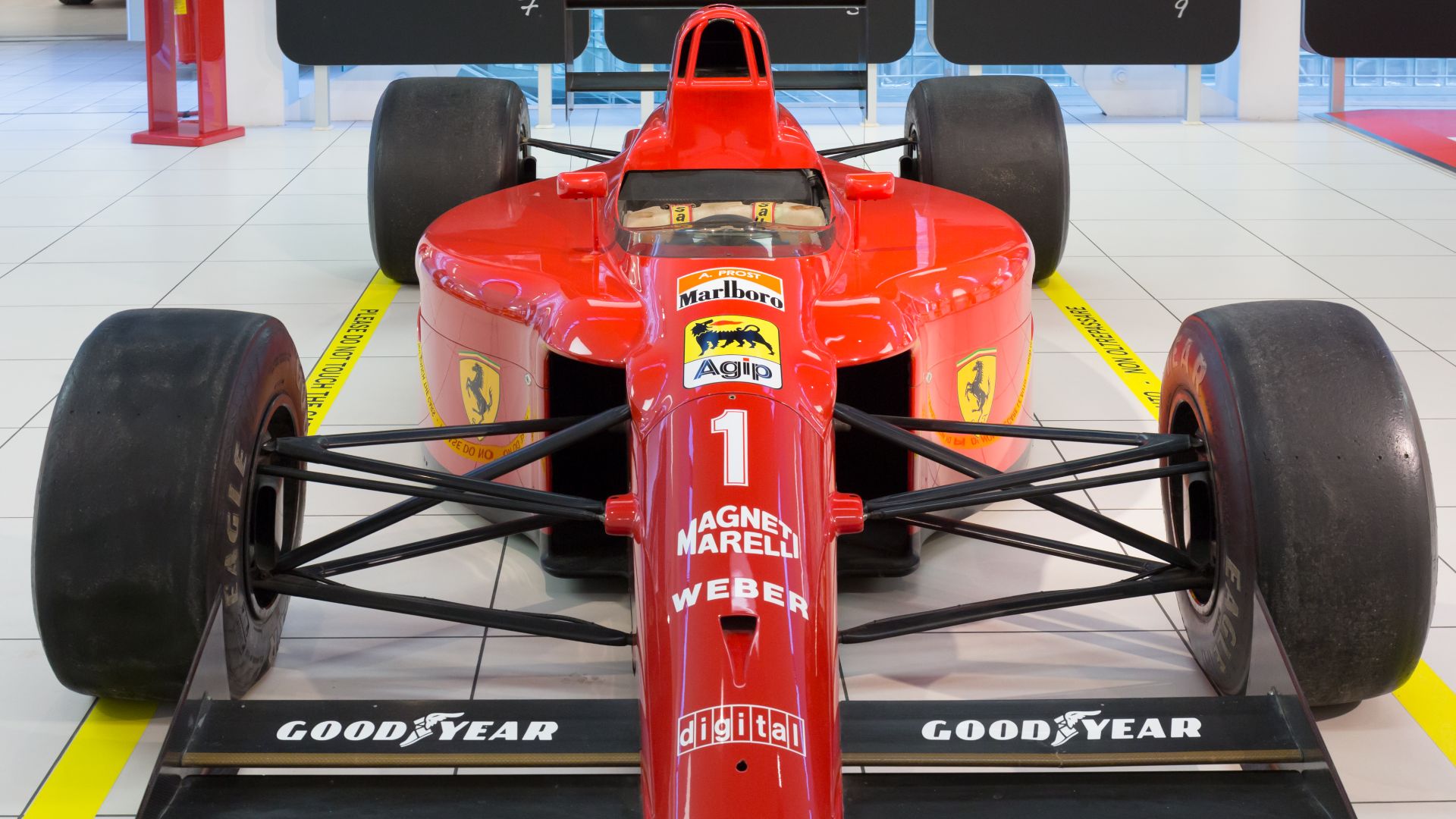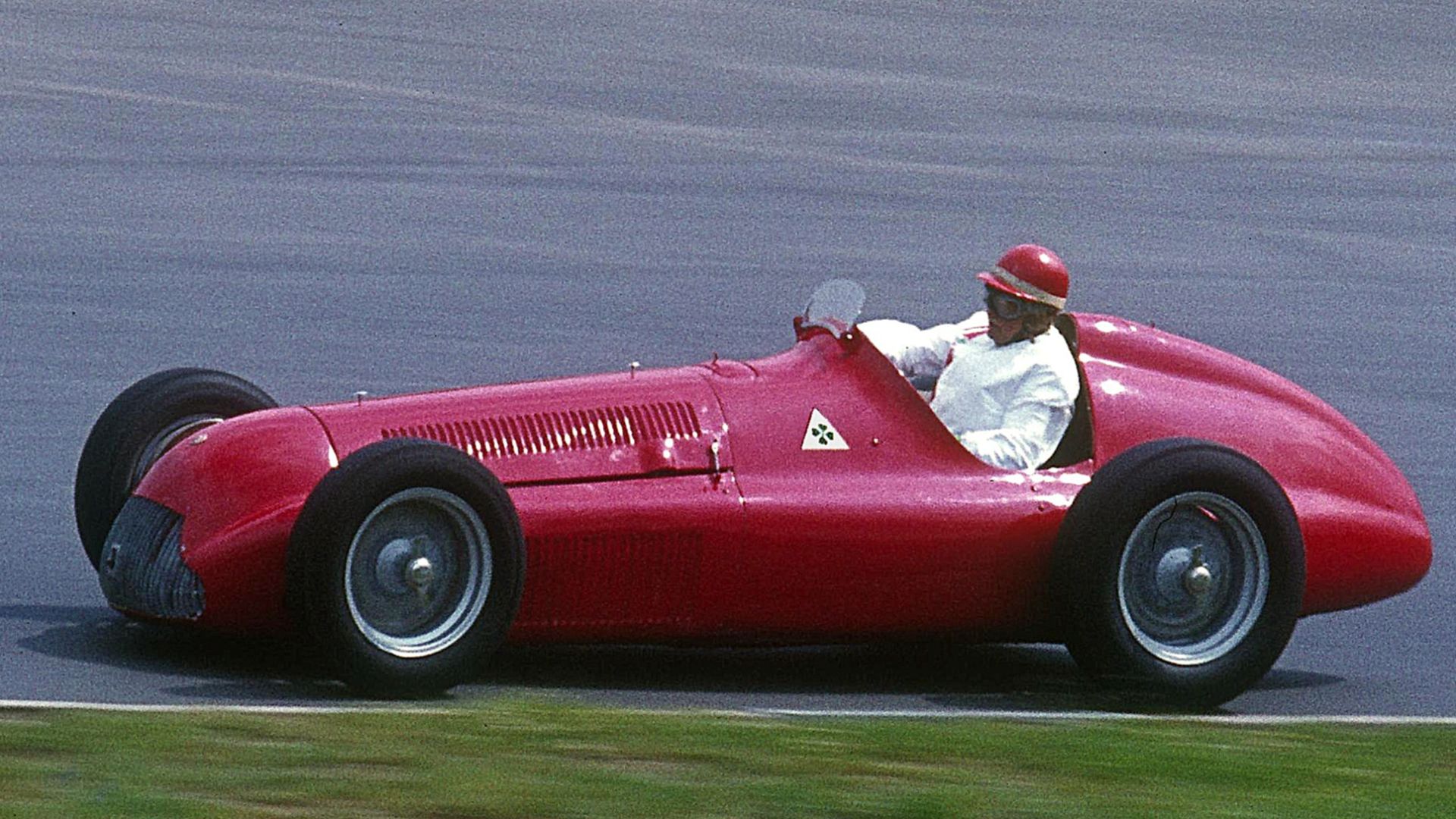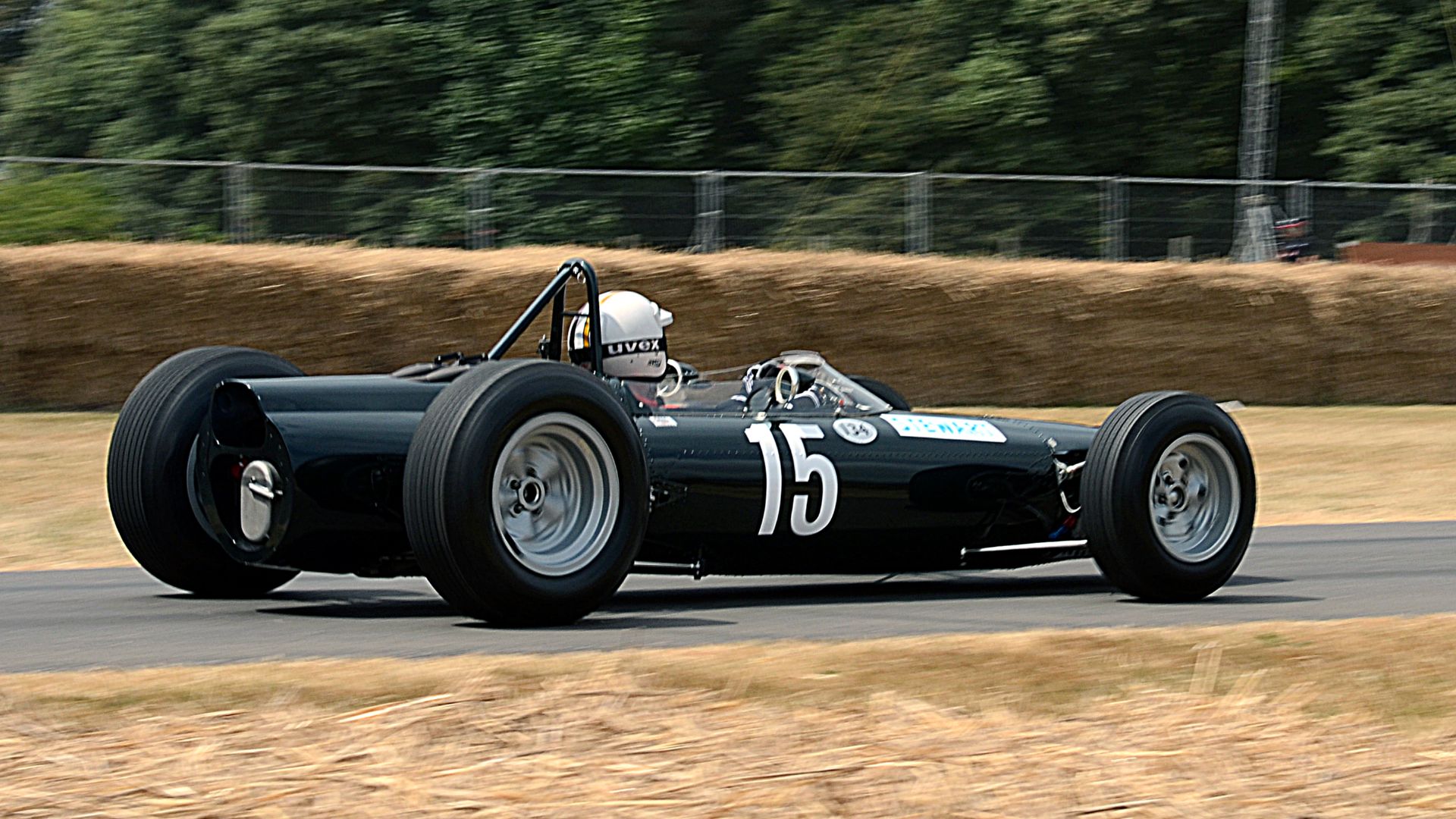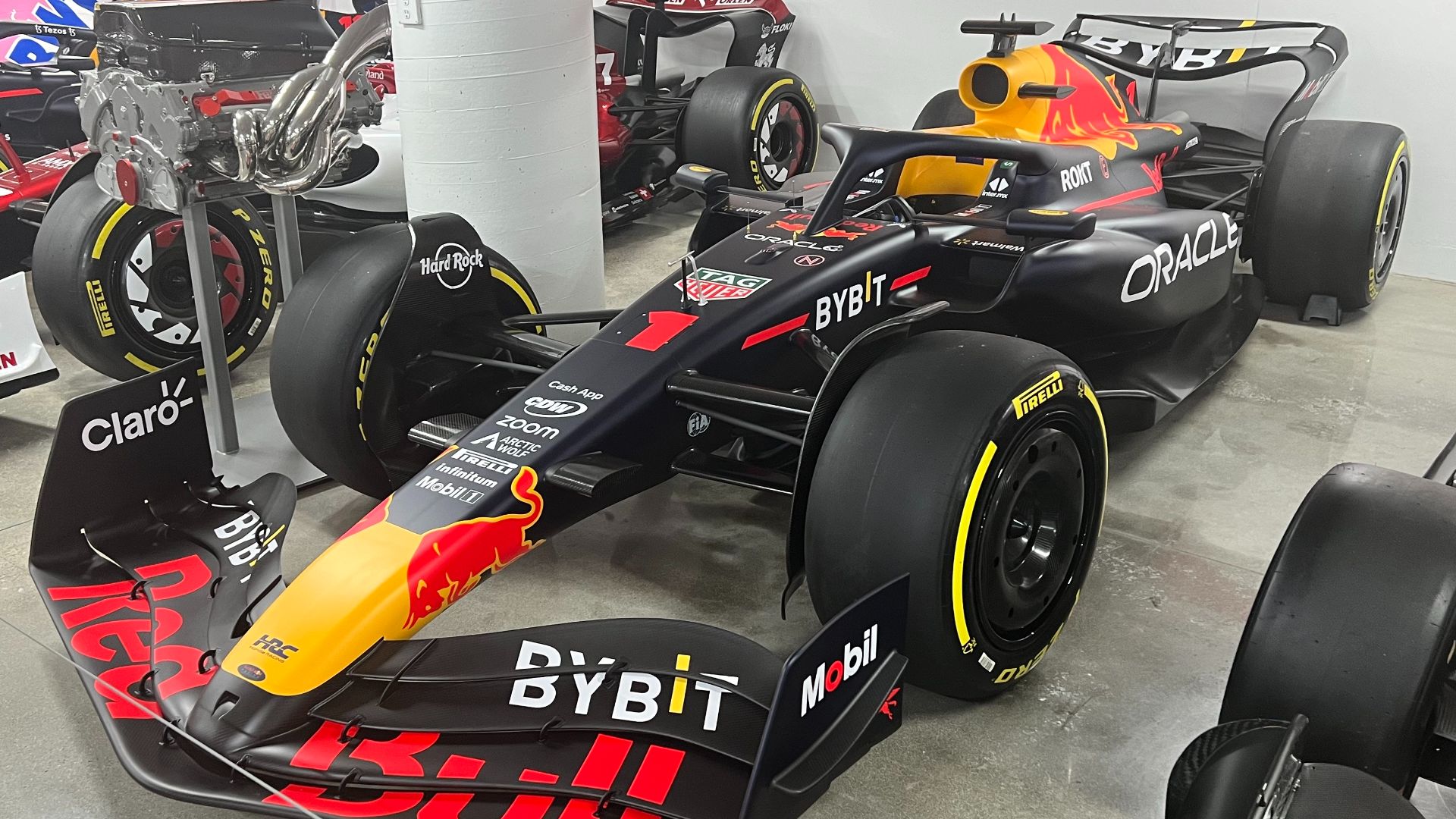More Than Speed
Some cars turned heads before they ever crossed the start line. It might’ve been the silhouette, the sound, or something you can't quite put your finger on. What followed was a mix of admiration, confusion, and perhaps a hint of jealousy. Let’s just forget about lap times for a second and look at some truly breathtaking machines. These made their mark through sheer presence and bold design choices.
1. Lotus 79
Mario Andretti's famous comparison to "driving a fighter jet on the ground" perfectly captures what made the Lotus 79 so extraordinary. The 1978 season belonged entirely to this motorcar, which introduced the concept of ground-effect aerodynamics. It was often called “Black Beauty.”
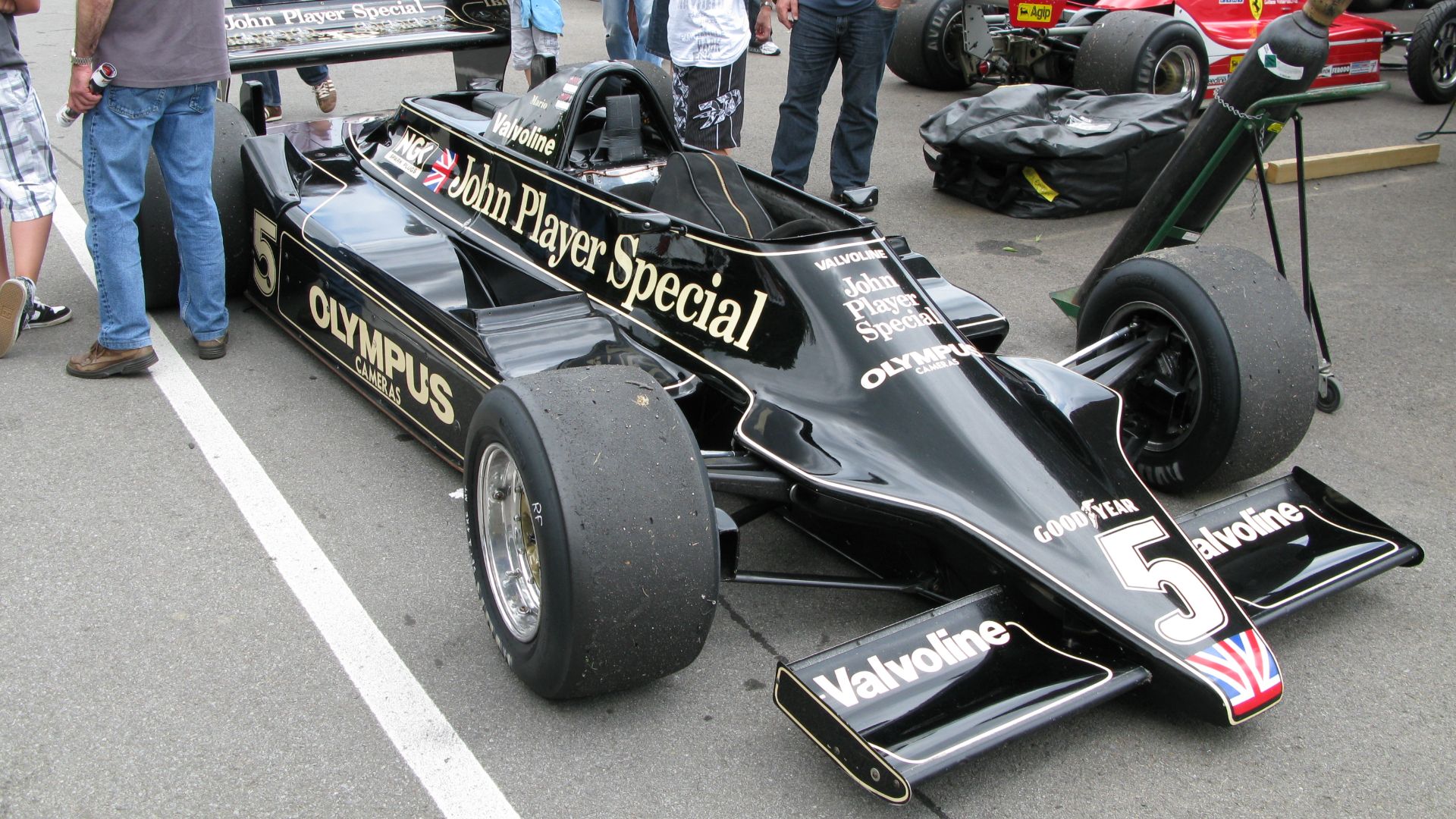 John Chapman (User:Pyrope) on Wikimedia
John Chapman (User:Pyrope) on Wikimedia
2. Ferrari 312T
The distinctive flat-12 engine wasn't just about power. It crafted the 312T's impossibly low, predatory silhouette. Niki Lauda piloted this automobile to two championships, but the real revolution? Well, that lay hidden beneath the classic Ferrari red with white nose cone layout.
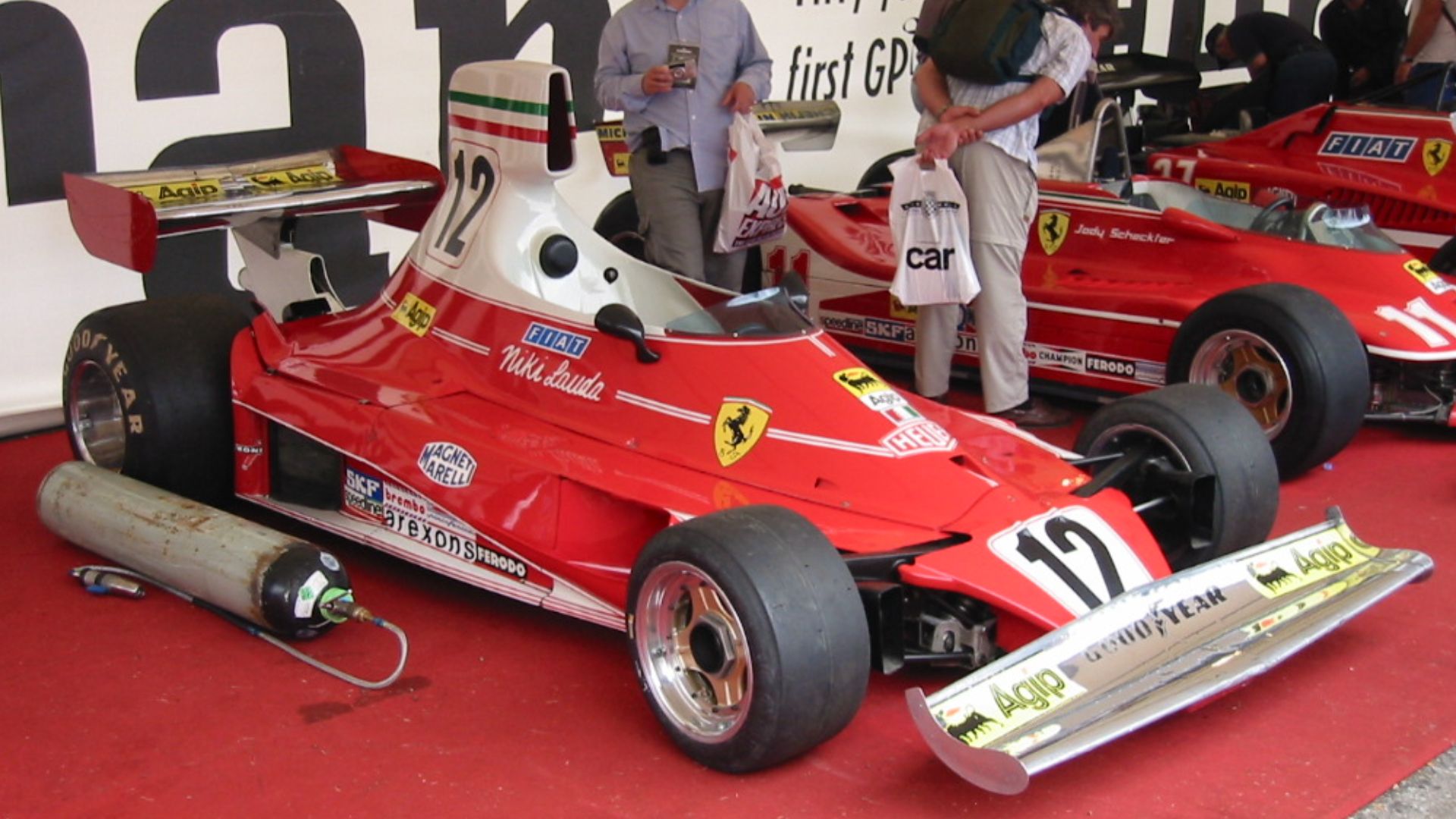 edvvc from London, UK on Wikimedia
edvvc from London, UK on Wikimedia
3. McLaren MP4/4
The MP4/4 came tantalizingly close to perfection with 15 victories from 16 races in 1988. That red and white Marlboro livery adorned the first successful marriage of carbon fiber construction with championship-winning work. Ayrton Senna and Alain Prost shared driving duties.
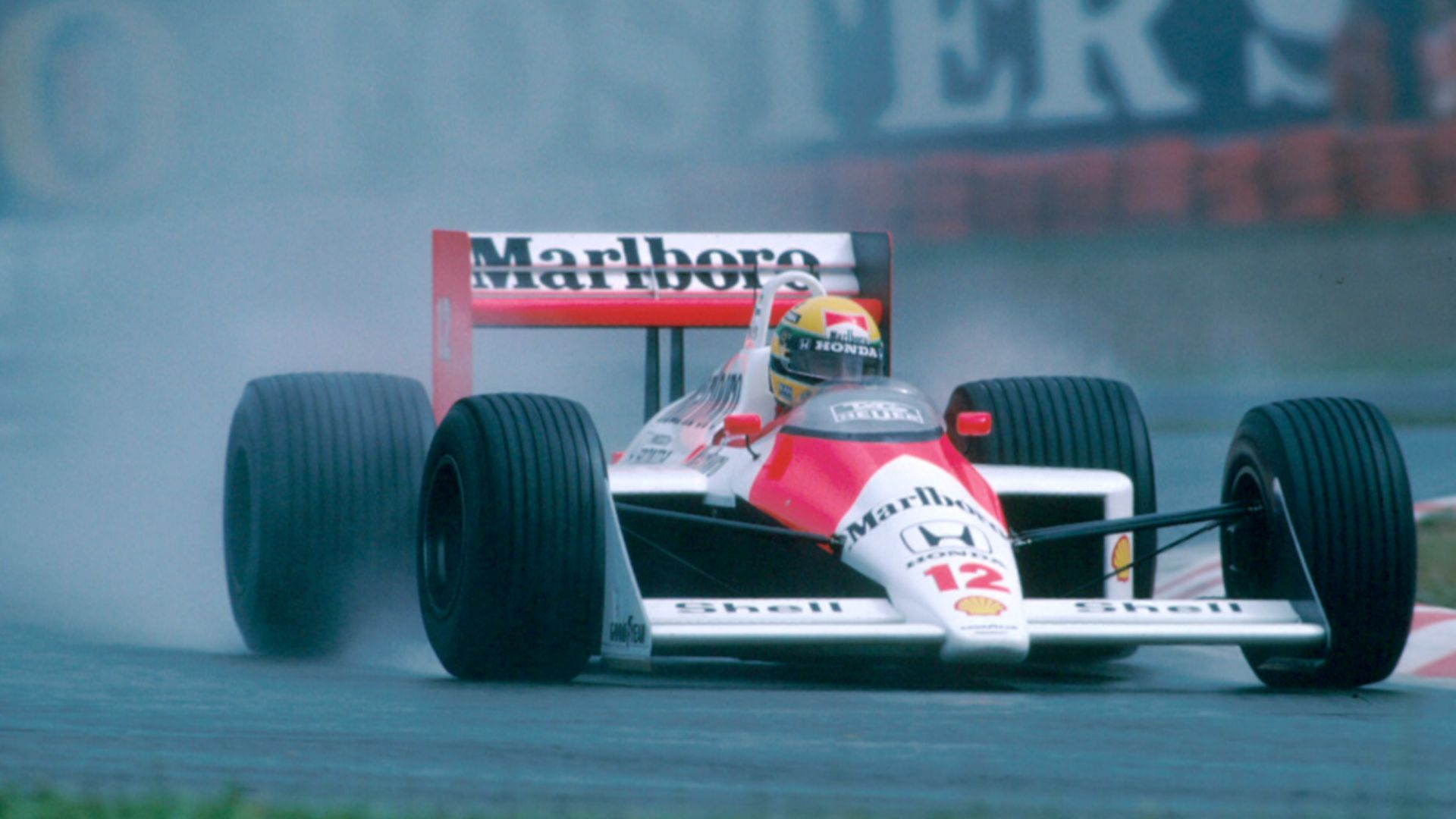 Instituto Ayrton Senna on Wikimedia
Instituto Ayrton Senna on Wikimedia
4. Tyrrell P34
Six wheels, four of them tiny and mounted at the front, this beast remains Formula 1's most audacious visual experiment. It proved genuinely competitive by conquering the 1976 Swedish Grand Prix. This was the only six-wheeled car ever to claim victory.
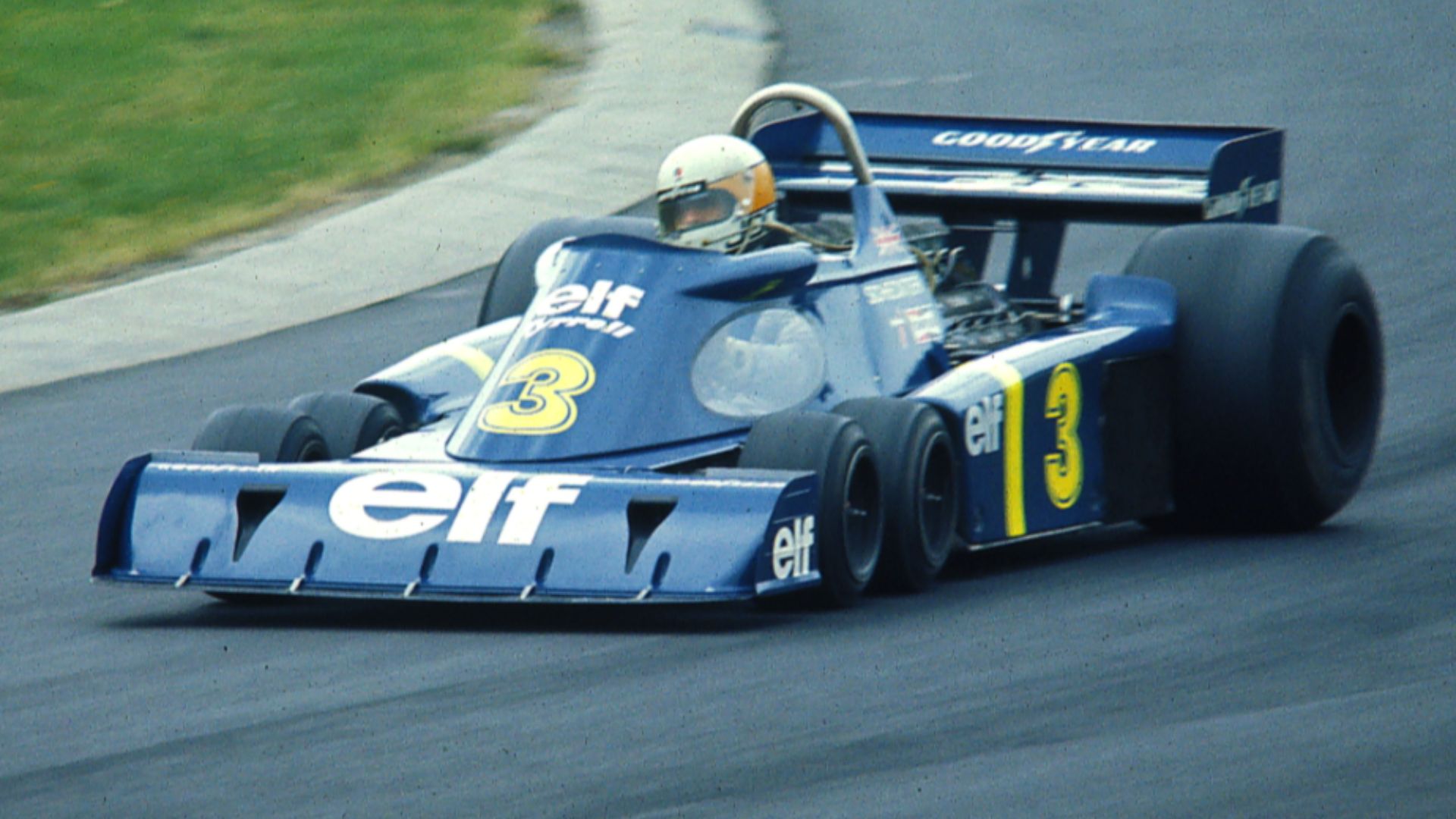 Lothar Spurzem on Wikimedia5. Williams FW14B
Lothar Spurzem on Wikimedia5. Williams FW14B
Active suspension technology gave the FW14B an almost supernatural smoothness that appeared to defy physics itself. The distinctive Canon-sponsored white, blue, and yellow livery housed electronics decades ahead of their time. Nigel Mansell's championship-winning machine represented the pinnacle of computer-controlled racing.
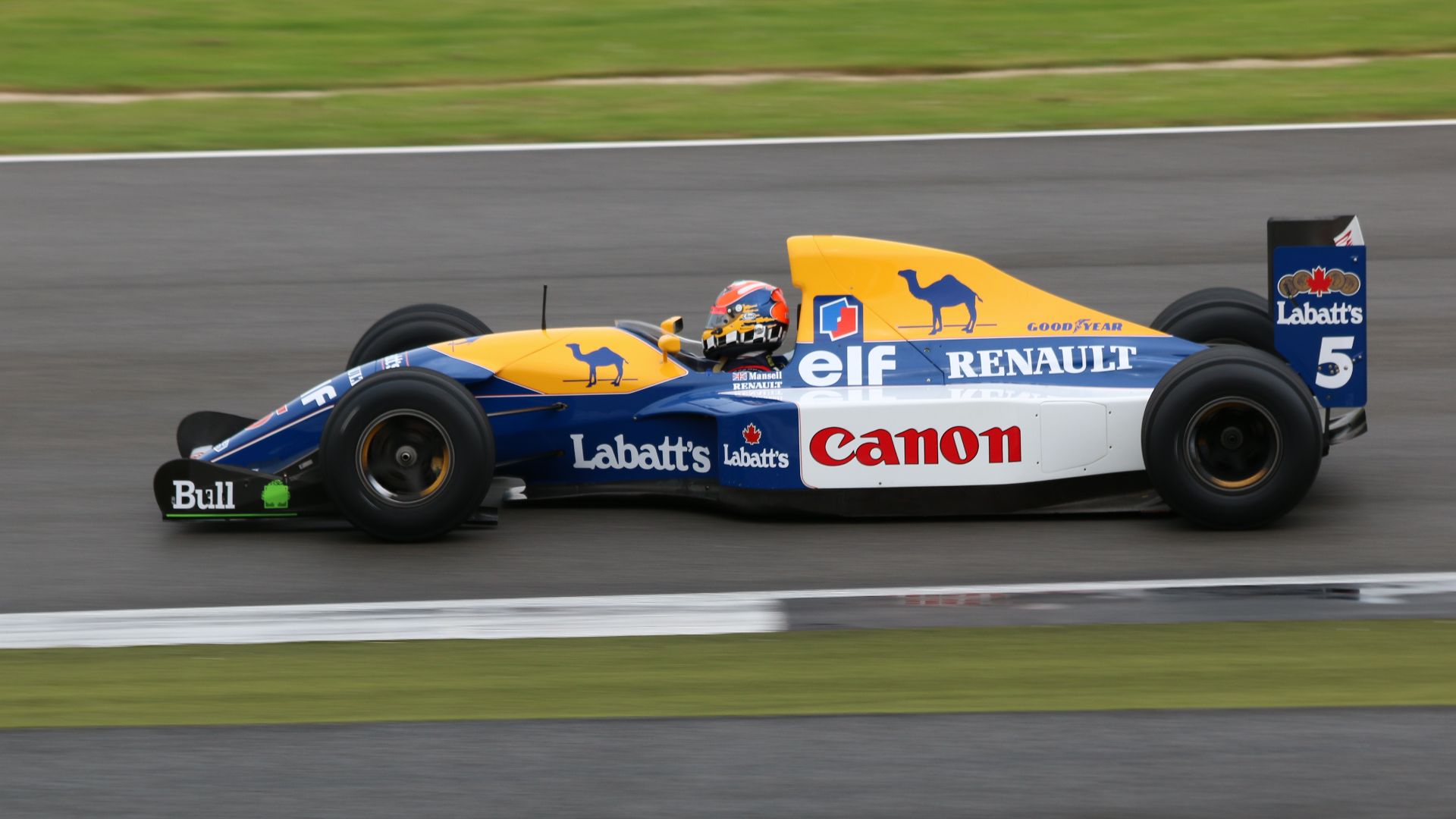 Andrew & Alan Frost from Essex, United Kingdom on Wikimedia
Andrew & Alan Frost from Essex, United Kingdom on Wikimedia
6. Lotus 49
Engineering innovation often gives rise to accidental beauty, and the Lotus 49 exemplifies this brilliantly as the first F1 machine to use its engine as a stressed structural member. Graham Hill called it "the most beautiful racing car ever built," praising its proportions.
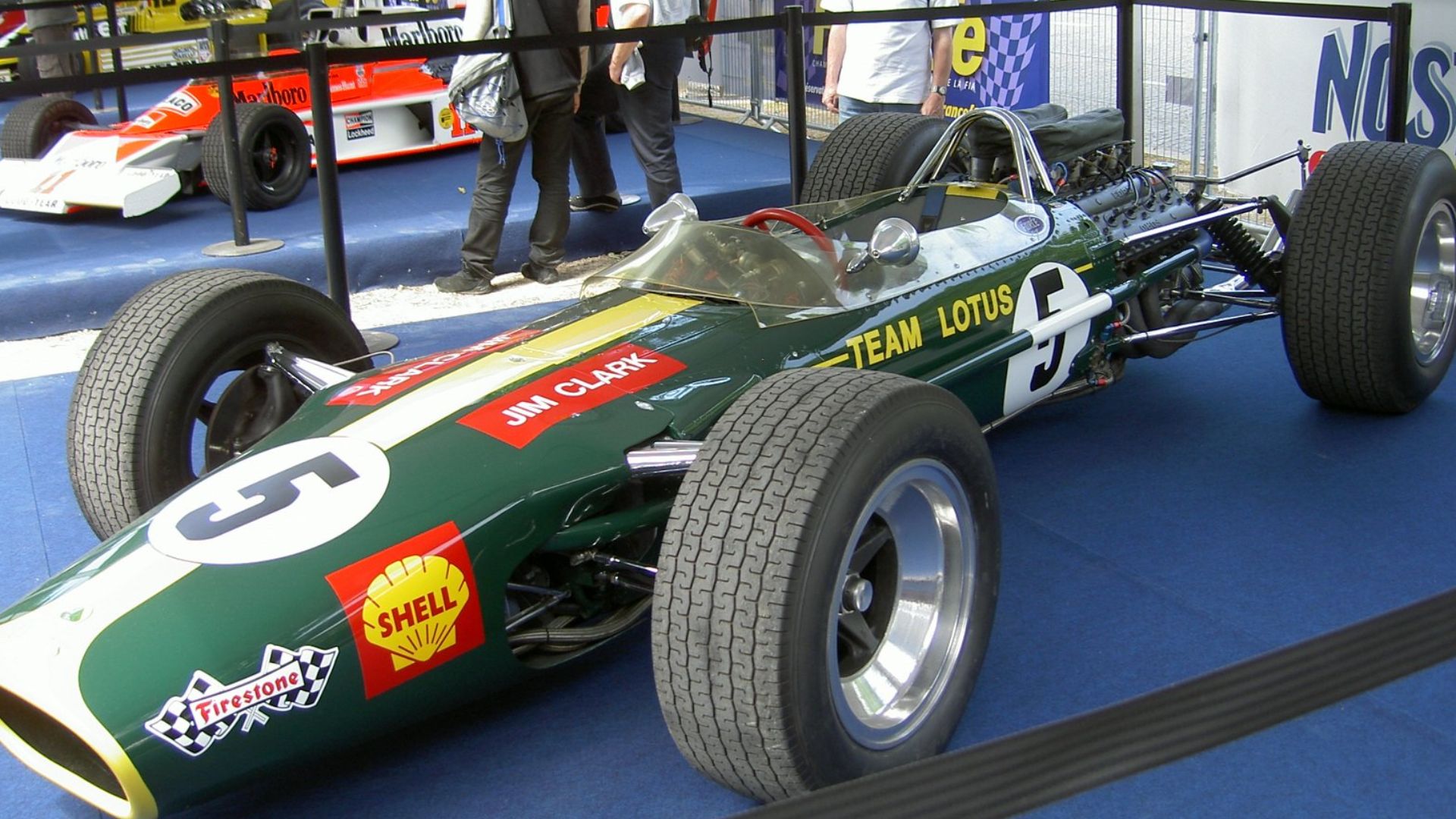 Deep silence (Mikaël Restoux) on Wikimedia
Deep silence (Mikaël Restoux) on Wikimedia
7. Ferrari F2004
Fifteen wins from eighteen races, talk about the F2004's 2004 dominance. Michael Schumacher's seventh championship ride featured a well-sculpted aerodynamic package wrapped in classic Ferrari red, setting unforgettable lap records. It seems that peak functionality and visual elegance aren't mutually exclusive.
 Martin Lee from London, UK on Wikimedia
Martin Lee from London, UK on Wikimedia
8. Brabham BT46B "Fan Car"
One race, one victory, one immediate ban. Yes, the BT46B's story is undoubtedly Formula 1's biggest "what if" scenario. The massive rear-mounted fan was officially manufactured for "cooling," but everyone knew it generated incredible downforce through an ingenious interpretation of ground-effect regulations.
9. Mercedes W196
Streamlined silver bodywork earned these cars the legendary "Silver Arrow" nickname that echoes through motorsport history to date. Juan Manuel Fangio's 1954–55 competition campaigns featured an ingenious dual configuration of enclosed wheels for high-speed circuits and open wheels for tighter tracks.
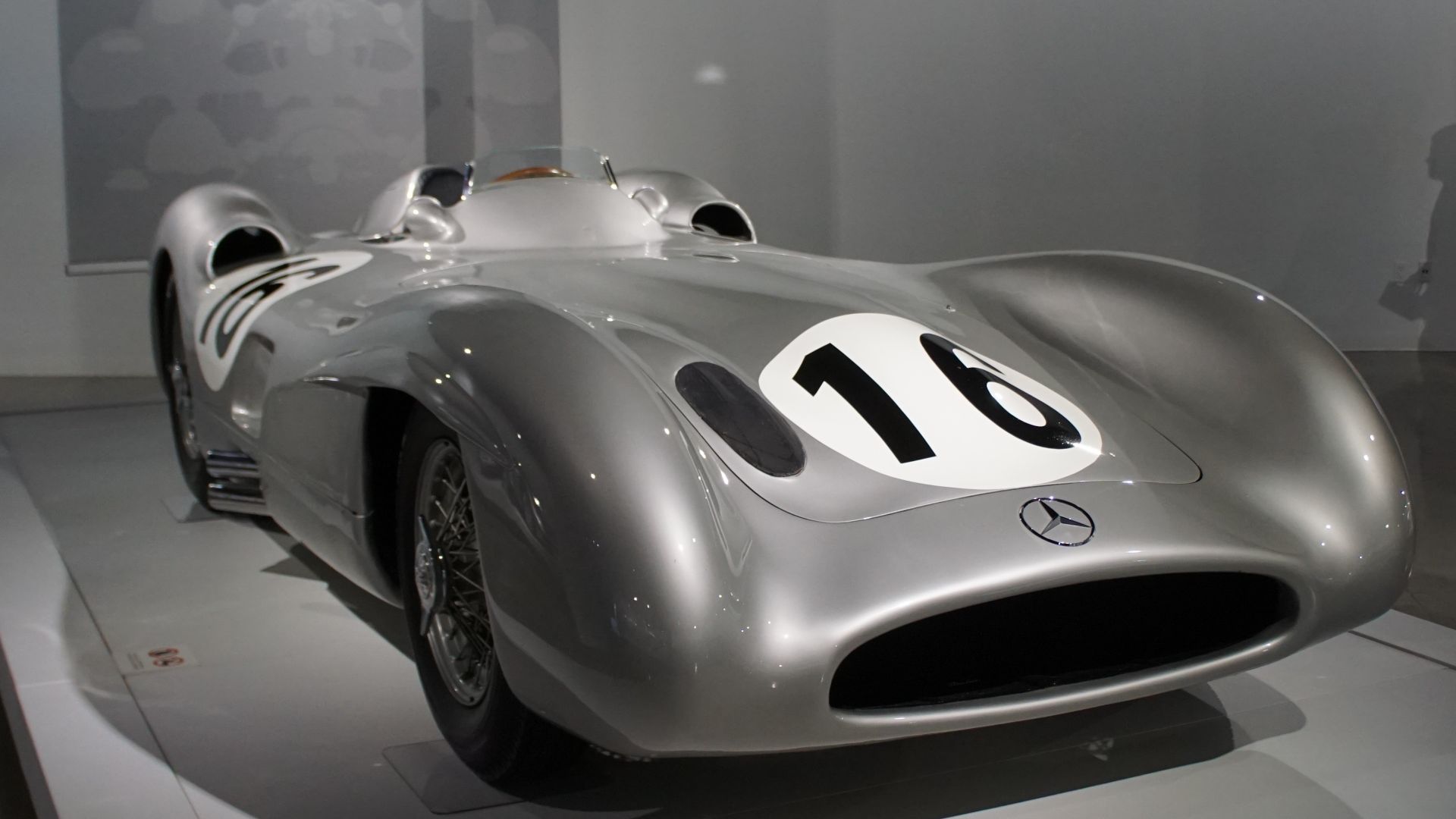 Steve Ginn from Western Washington, United States on Wikimedia
Steve Ginn from Western Washington, United States on Wikimedia
10. Jaguar R5
This unique leaping jaguar logo on the nose connected classic automotive heritage with advanced aerodynamics, combining archetypal Jaguar styling with a modern Formula 1 layout. In spite of its beauty, the machine only managed to bag five podium finishes in two seasons.
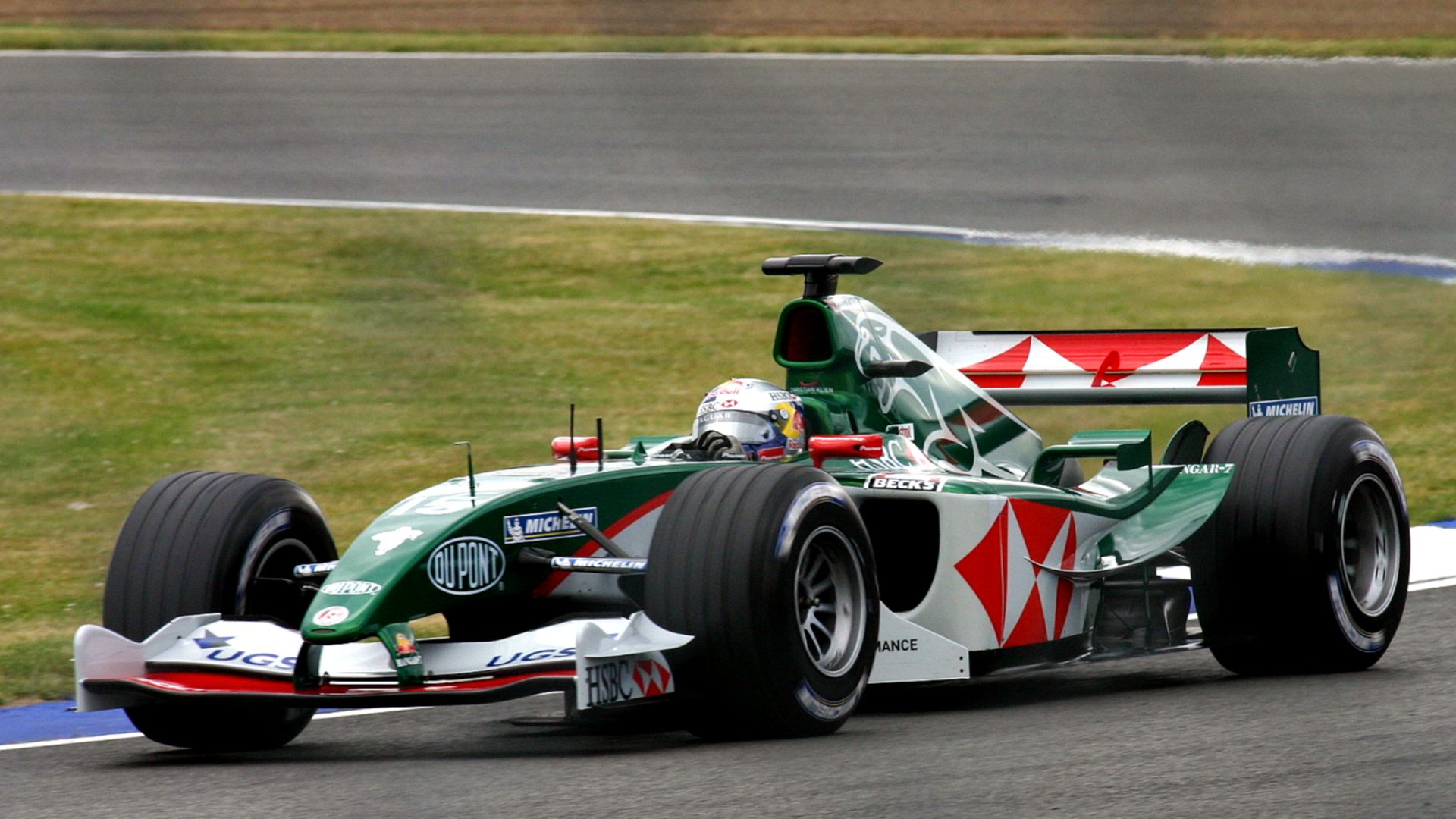 Martin Lee from London, UK on Wikimedia
Martin Lee from London, UK on Wikimedia
11. Cooper T51
The mid-engine revolution began with a vehicle so radically different that it resembled a go-kart compared to traditional front-engine competitors. Jack Brabham drove the T51 to success in the Drivers' Championship, with the Cooper team also picking up the Constructors' Cup.
12. Ferrari 641/2
Steering wheel paddles controlling a semi-automatic gearbox represented the dawn of contemporary F1 technology. Housed within the 641/2 were early 1990s proportions. This particular masterpiece played a central role in the intense Prost/Ferrari vs. Senna/McLaren rivalry of that season.
13. Maserati 250F
Juan Manuel Fangio's 1957 triumph solidified the 250F's competitive credentials, while its exquisite wire wheels and front-engine configuration gave it a timeless look that transcended its era. Between 1954 and 1960, the car claimed around eight wins in Formula 1.
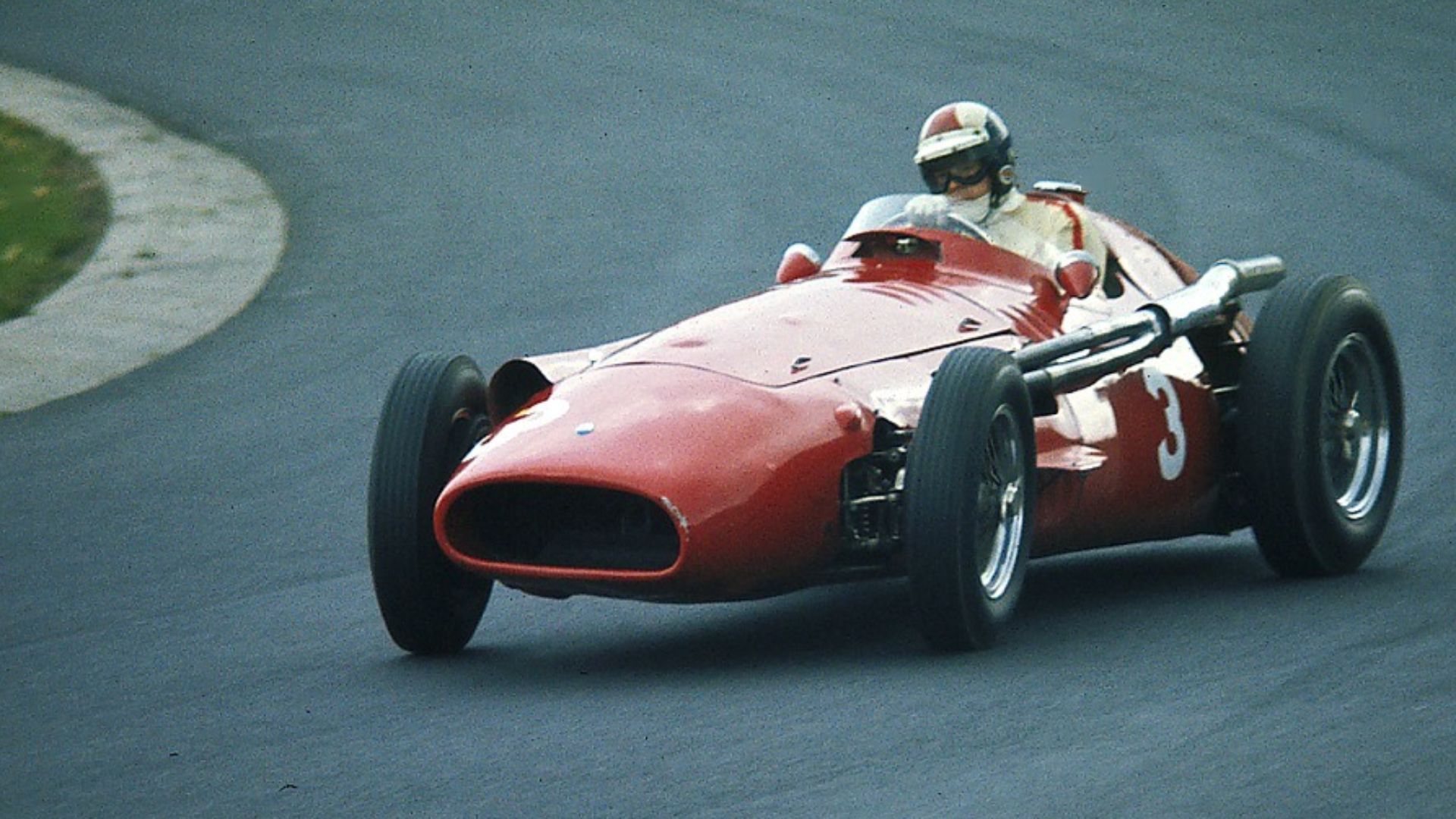 Spurzem - Lothar Spurzem on Wikimedia
Spurzem - Lothar Spurzem on Wikimedia
14. Benetton B194
Vibrant yellow and green livery made it unmistakable on any grid. The Benetton B194 announced Schumacher's arrival as a contender with unprecedented visual flair. It featured a Ford Zetec-R (Cosworth EC), V8 naturally aspirated engine, paired with a 6-speed semi-automatic transmission.
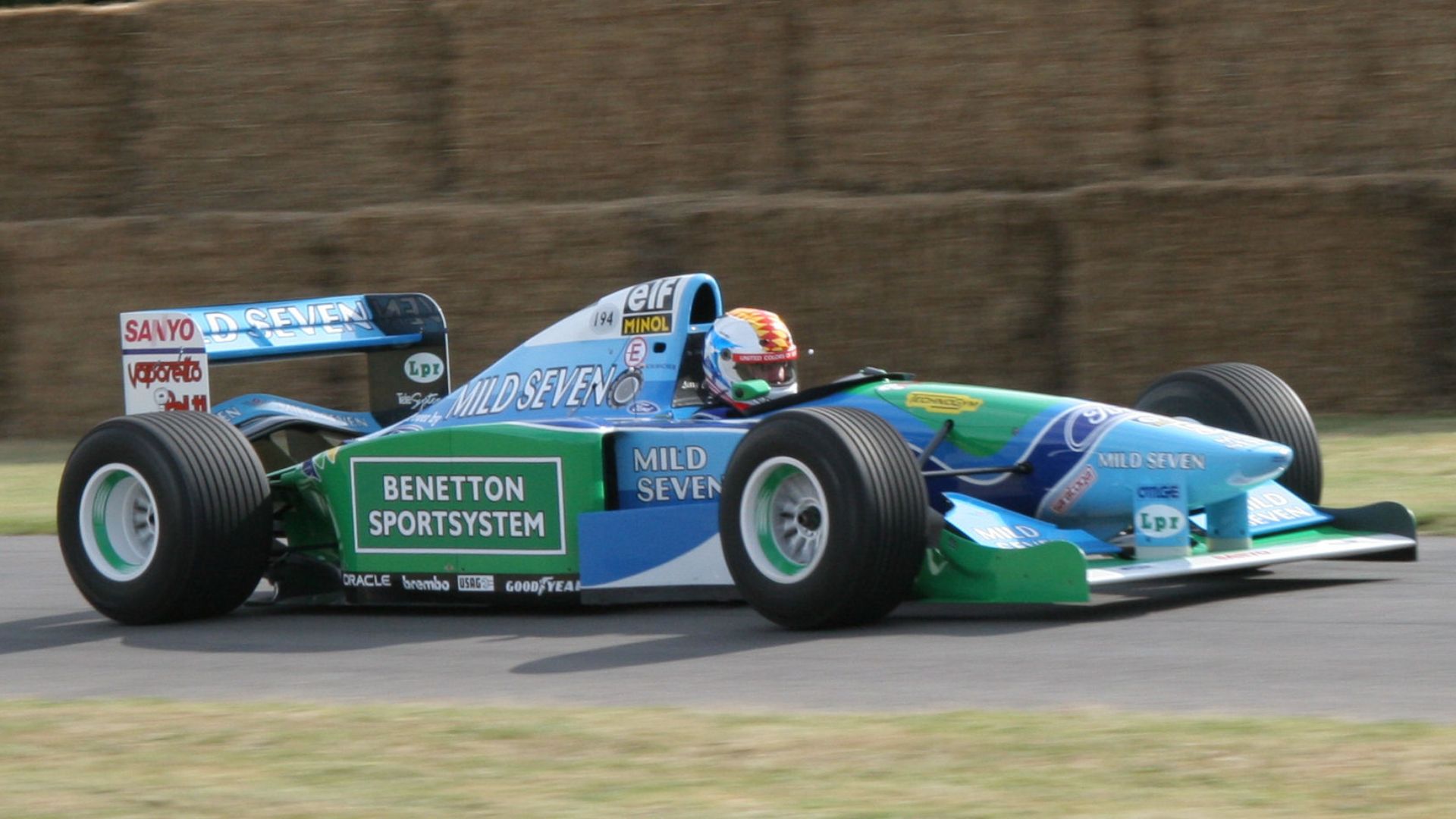 Brian Snelson from Hockley, Essex, England on Wikimedia
Brian Snelson from Hockley, Essex, England on Wikimedia
15. Ferrari 158
History was made by John Surtees in 1964. He became the only person to achieve world championships on both two- and four-wheeled motors. All thanks to the Ferrari 158. Famously, the last two races that year saw the car painted in white and blue.
16. Renault RE40
Apparently, the turbo V6 engine beneath the RE40's yellow and black livery influenced F1 powerplant development for decades. It was built to comply with the new flat-bottom regulations after ground effect was banned in late 1982. The beast featured enlarged wings.
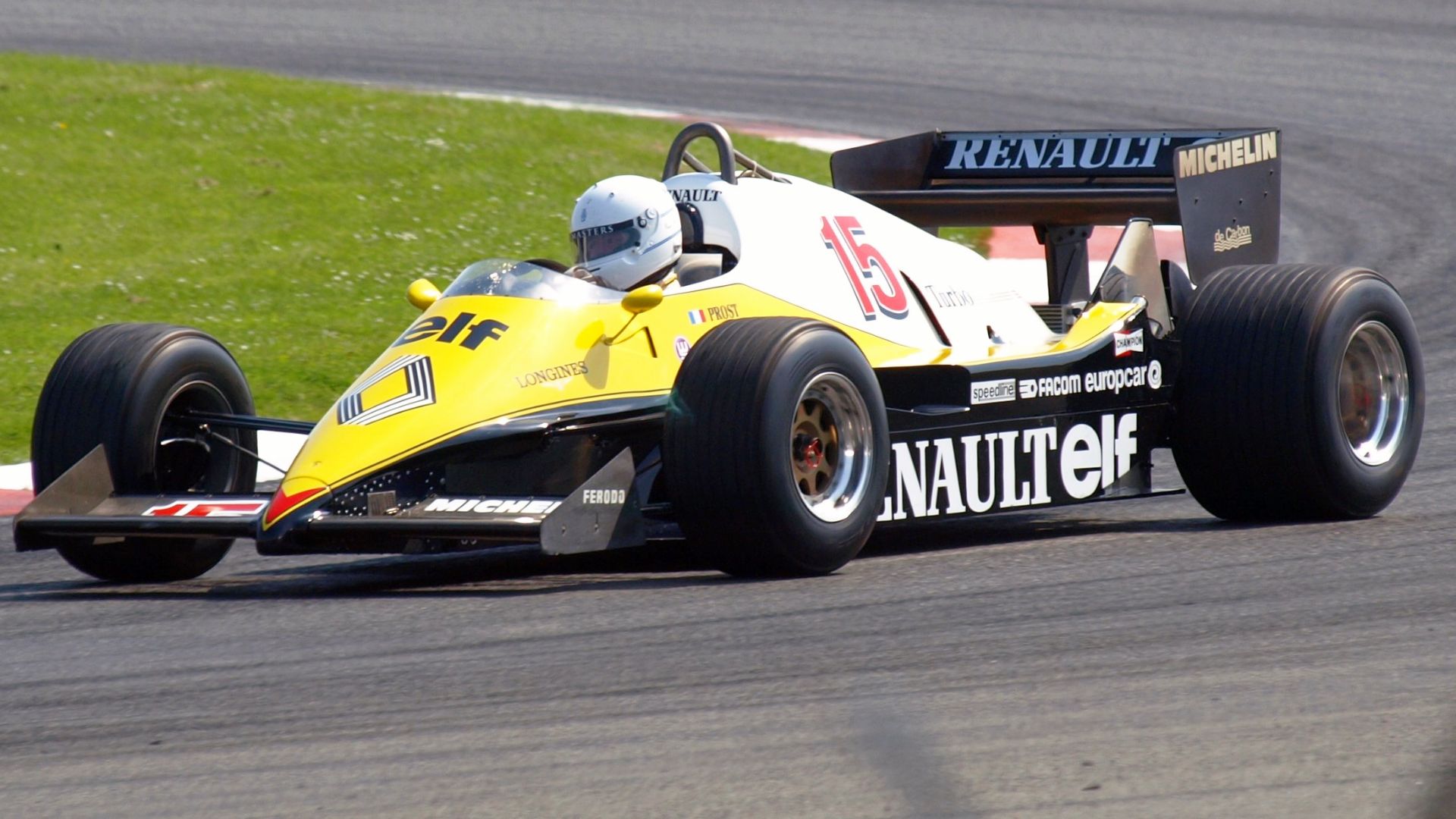 Darren on Wikimedia17. Jordan 191
Darren on Wikimedia17. Jordan 191
Vibrant green and yellow with a visual punch never seen before, 7-Eleven's color scheme proclaimed Jordan's entrance. This inaugural design, which was driven by both Michael Schumacher and Bertrand Gachot, stunned the established teams with its competitive pace right away.
 Stuart Seeger from College Station, Texas, USA on Wikimedia
Stuart Seeger from College Station, Texas, USA on Wikimedia
18. Alfa Romeo 158/159 "Alfetta"
The Alfetta's competition record remains virtually unmatched. After all, it collected 47 victories from just 54 race entries across its entire career. It was originally developed for the pre-WWII voiturette formula in 1937 with a wheelbase of 2,502 mm.
19. BRM P261
"Mechanical music" was how enthusiasts described the sound of this automobile’s V8 engine, crafting an auditory experience as memorable as its British Racing Green look. Graham Hill guided the advanced monocoque-constructed machine to the 1962 title, where superior rigidity translated into better execution.
20. Red Bull RB19
Powered by the Honda RBPTH001 hybrid power unit, the RB19 was driven by Max Verstappen and Sergio Pérez. It was built by Red Bull Racing for the 2023 Formula One World Championship. The undercut is even more pronounced than on the RB18.


